Search
Search Results
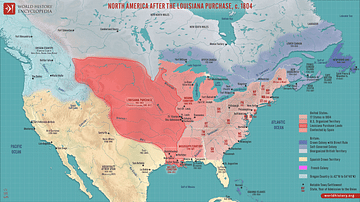
Definition
Louisiana Purchase
The Louisiana Purchase was a land deal made in 1803, in which the United States purchased 828,000 square miles (2,144,510 km²) of land west of the Mississippi River from France for $15 million, or an average of three cents per acre. The purchase...
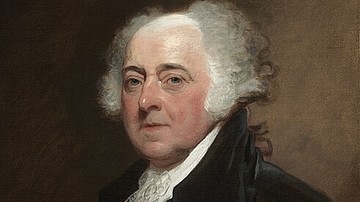
Definition
John Adams
John Adams (1735-1826) was an American lawyer, statesman, and diplomat who was a prominent leader of the American Revolution (1765-1789) before going on to serve as the first vice president (1789-1797) and second president of the United States...
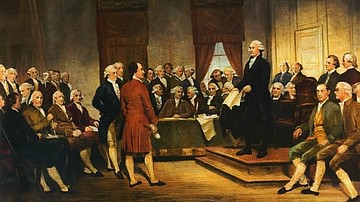
Definition
American Revolution
The American Revolution (1765-1789) was a period of political upheaval in the Thirteen Colonies of British North America. Initially a protest over parliamentary taxes, it blossomed into a rebellion and led, ultimately, to the birth of the...
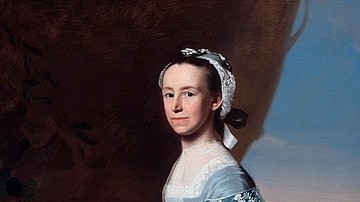
Definition
Mercy Otis Warren
Mercy Otis Warren (1728-1814) was an American poet, playwright, and activist during the era of the American Revolution (1765-1789). Through her works of political satire, she advocated for the Patriot cause and became acquainted with several...

Definition
Treaty of Tordesillas
The 1494 Treaty of Tordesillas (Tordesilhas) was an agreement between the monarchs of Spain and Portugal to divide the world between them into two spheres of influence. The imaginary dividing line ran down the centre of the Atlantic Ocean...

Definition
Boeing B-29 Superfortress
The Boeing B-29 Superfortress was a four-engined, long-range bomber of the United States Air Force. The largest of all Second World War (1939-45) bombers, B-29s were used to strike Japanese targets from the summer of 1944. In August 1945...
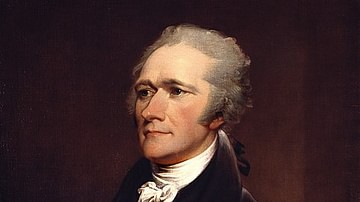
Definition
Alexander Hamilton
Alexander Hamilton (1755/57-1804) was a lawyer and politician, often recognized as a Founding Father of the United States. He served as George Washington's aide-de-camp during the American Revolution, before going on to become the first US...
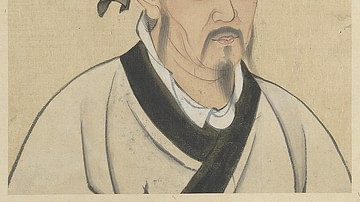
Definition
Mencius
Mencius (l. 372-289 BCE, also known as Mang-Tze or Mang-Tzu) was a Confucian philosopher during The Warring States Period in China (c. 481-221 BCE) and is considered the greatest after Confucius himself for his interpretation, formulation...
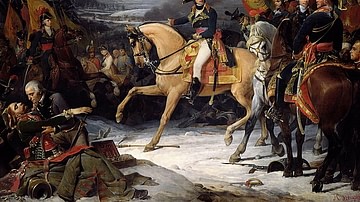
Definition
War of the Second Coalition
The War of the Second Coalition (1798-1802), part of the broader French Revolutionary Wars, was the second attempt by an alliance of major European powers to defeat Revolutionary France. The Second Coalition, which included Russia, Austria...
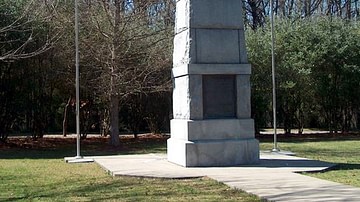
Article
Trail of Tears: Memorial and Protest of the Cherokee Nation by John Ross
The Trail of Tears was the forced relocation of the "Five Civilized Tribes" – Cherokee, Chickasaw, Choctaw, Muscogee Creek, and Seminole – from their ancestral lands in the Southeastern region of the United States to "Indian Territory" (modern-day...